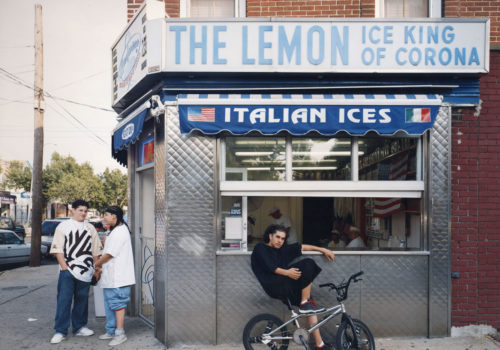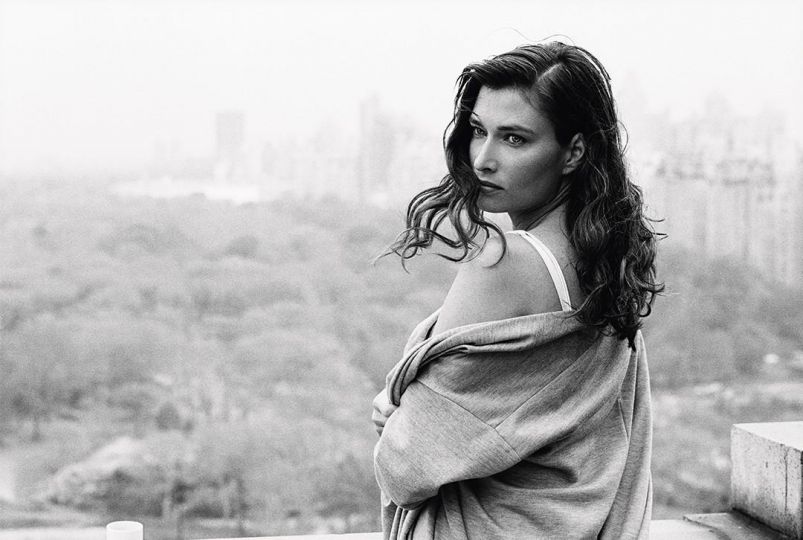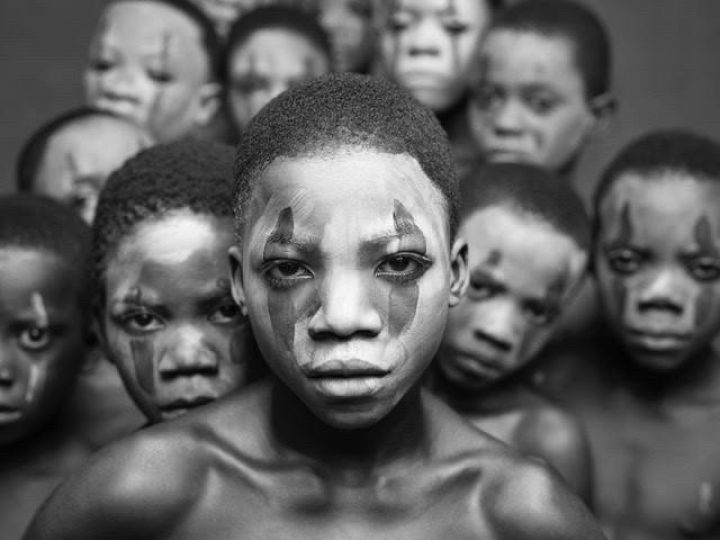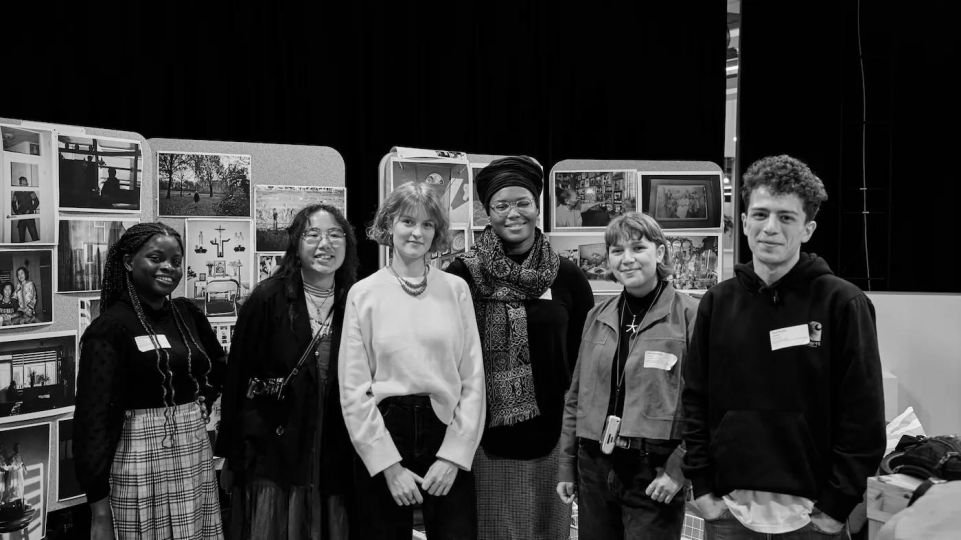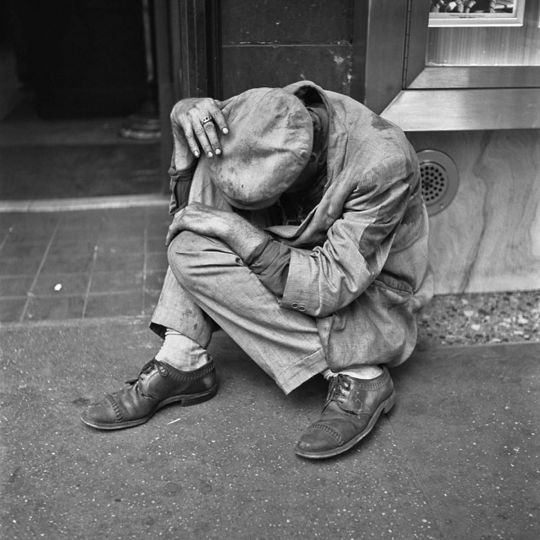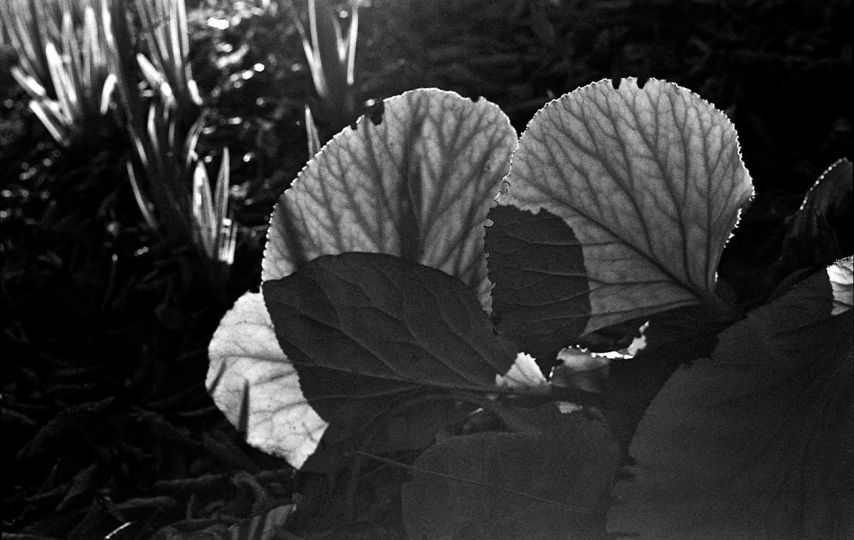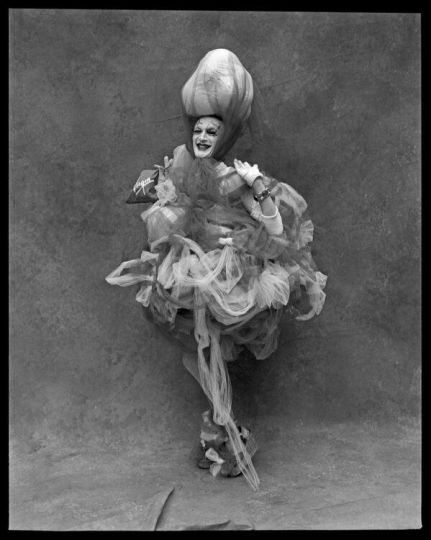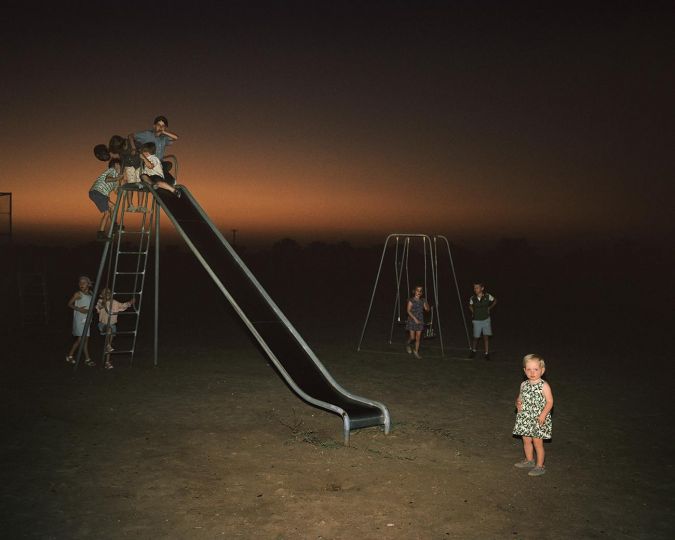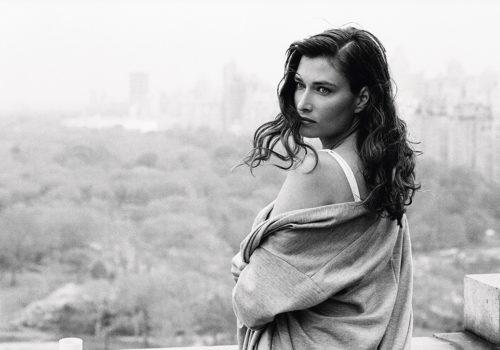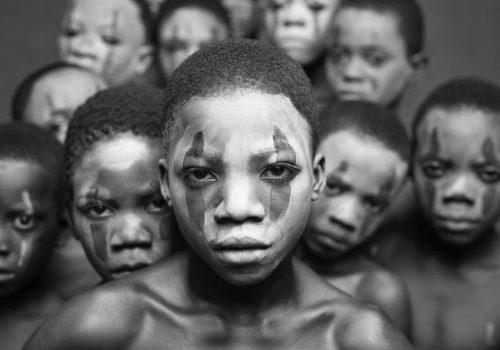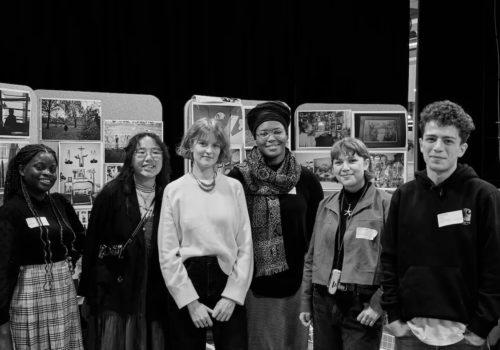In New York: A photographer’s city, the American megalopolis is once again stripped naked. More than 300 images by emerging artists shed light on the current state of urban photography.
It’s a contemporary vision of the city that every photographer still dreams of immortalizing. Inspired-eye have turned the streets of New York famous. Frank portrayed the outcasts, Klein captured the faces of cinema, while Arbus had her surrealists, and Eggleston brought out its colors. Innumerable images of New York’s skyscrapers, sidewalks and aerial views have become engrained in the collective memory. “Photographing New York is like photographing a nude. It has already been done,” acknowledges Marla Hamburg Kennedy, art expert and author of “New York: A photographer’s city”.
Nevertheless, the work illustrates different depths, with a perspective in which the streets seem oppressive and the atmosphere almost deleterious. Last century’s black and white beauties have been replaced by a parade of shades of light, of time, products, material and signs. The city’s pulse has changed. The ambiance seems often tense, the buildings are daunting and some of the men have a hardened gaze, as though they were hostile androids marching mechanically towards the future. In other shots, they form the inseparable element of a composition work in favor of harmony. Almost too cold for a city in which its dwellers play the part, day by day, of perpetual actors. And for a reason – as Marla Hamburg Kennedy states, the book renders “New York more as a physical place than as a social one”.
Is it the way in which modern photographers connect with the city of opportunities? Its original geography –a crowded island linked by many bridges to its outer boroughs- is seen in quite an audacious way. “It is not a question of a vertical New York” replies the gallerist in regards to photography. New York is not only Manhattan, but also clearly all of the other four connected boroughs: Brooklyn, Queens, Bronx and Staten Island. Artists explore all of its neighborhoods in constant mutation, portraying the spaces, elements and their people. An interesting element: “from each borough, their cameras are pointed to Manhattan.” Thus, “New York: A photographer’s city” was born from a questioning after 9/11. Deprived of its twin towers, everyone was in their right on wondering about the future of New York’s skyline. A hundred contemporary artists therefore deliver over 300 images, most of which are horizontal, favoring a long distance view. Among them are featured important artists such as Vik Muniz, Noritoshi Hirakawa as well as Andreas Gursky. “Their cameras are no longer pointed upwards as they once were, but rather to towards the exterior”, explains Marla Hamburg Kennedy. “One of the book’s challenges was in this sense to avoid the void”.
New York: A photographer’s city is a mosaic of tomorrow’s urban photography. A photography that privileges architecture, forms, contrasts and light, and that also, with the advent of digital photography, experiments with manipulations, symbolized in this case through artificial blur and other effects in every range. However we should not be mistaken, photography is finishing its turn towards digital. “How can you tell if a photograph is real or if it has been modified?” Ms. Hamburg Kennedy questions. The current photographer’s aspiration to not only document reality but also to deliver an artistic creation tends to alter the natural perception of a city. It heeds a breath of invention that a generation of image capturers would very much like to adopt in order to bring photography into a higher level.
Jonas Cuénin
New York: A photographer’s city
304 pages. Published by Marla Hamburg Kennedy, Rizzoli Publishing. Available in March 2011.

